Address Not Found
A scan of the original type-written exhibition pamphlet accompanying Scott Burton’s 1980 performance at the University of California, Berkeley Art Museum of “Individual Behavior Tableaux” with an essay by the curator Michael Auping. Auping describes the performance, part of Burton’s “Behavior Tableaux” series, in which a single lanky naked male performer (Kent Hines) wears platform shoes and moves in slow motion with a chaise longue designed by Burton. The audience had to sit extremely close together 80 feet away from the the slow moving and silent performance, as Burton was as interested in what happened in the performance as he was in what happened between the members of the audience. Heartbreakingly, all video documentation of Burton’s performances have been lost, although there are photos and hand-written notes in his archive at MoMA that was donated after his death from AIDS in 1989. (GH)
FLEX was an exhibition organized in 2014 by Orlando Tirado that placed a new sculpture and performance of mine with contemporaries Math Bass, Dan Finsel, and Molly Lowe, alongside works by historical figures Richard Artschwager, James Lee Byars, Guy de Cointet, Marcel Duchamp, Robert Morris, and Myron Stout. This folio/catalog, released in conjunction with the exhibition and printed on folded newsprint, served as a checklist for the exhibition, provided historical context, and expanded on the exhibition’s aim to provide an “alternative to presupposed identity politics, one that re-defines the body against the grain of a representational impulse.” In an in-depth conversation with Tirado, I attempted to articulate the Center for Experimental Lectures’ relation sculpture, dance, and furniture, and the often overlooked relation between post-minimalist dance and the history of the lecture-performance. Sadly, not included in this pdf is a sticker of a drawing by Carlo Quispe of URANUS comics. (GH)
An alternate version of a humbling lecture-performance by the poet Susan Howe, first given at an event organized by the CEL for the 2014 Whitney Biennial. Drawn from Howe’s experiences searching in archives and special collections (including the Emily Dickinson Collection at Amherst College, the William Carlos Williams Collection at SUNY Buffalo, the Ratti Textile Center at the Met, and both the Jonathan Edwards Collection and the Gertrude Stein and Alice B. Toklas papers at Yale’s Beinecke Library), SPONTANEOUS PARTICULARS: The Telepathy of Archives mines the moments when the materiality of research in physical archives brings the past into what Howe calls our “looking-glass hands.” This presentation is an adaptation of her book by the same title, published by New Directions also in 2014. (GH)
For his lecture for the Center for Experimental Lectures (at Interstate Projects, 2017) Devin Kenny illustrated how the physical infrastructure of the network, supposedly developed in the 20th century, actually developed much earlier. Drawing from a variety of sources and traditions, Kenny’s alternative genealogy understands routes of the African diaspora and practices developed during and after the Middle Passage as the origin of network technologies. BailBloc, a computer application he also helped conceive, takes the seemingly apolitical and highly dubious culture of cryptocurrency and bends its networking potential towards an abolitionist politics. Developed by The New Inquiry’s “Dark Inquiry” lab, BailBloc mines the cryptocurrency Monero through a cloud of users who allow the app to operate in the background on their computers. The Bronx Freedom Fund then uses the real dollars generated by this scheme to post bail. (JL)
An optimistic response to a terminal diagnosis finds its apotheosis as a lecture. The all-star news anchor, veteran of all three major television networks, Katie Couric is quoted as waxing, “most of us would slip into a deep depression, but Randy used the experience as teaching material.” Given on September 18th, 2007 at Carnegie-Mellon as a part of a cross-disciplinary lecture series, terminally-ill computer science professor Randy Pausch’s lecture “Really Achieving Your Childhood Dreams” inaugurates an era of viral possibility for the lecture: weaving together self-help maxims, dad jokes and the ethos of computer science interdisciplinarity, this popular incarnation of the lecture-form anticipates the potential of the bite-sized and prefabricated performances of wisdom and knowledge as online video documentation—think TED. (JL)
Franz Erhard Walther should be far more widely known in the US than he is. Since the late 1950’s, he has developed a language around the activation of fabric-based sculptures, using them not in “performances” but in what he calls “demonstrations”. When being demonstrated, his objects are in their “handlungsform”, their active situation, and when functioning as static sculpture they are in their “lagerform”, their storage situation. Here, Walther demonstrates the “reading” of an edition of his Grosses Prozess-Buch (Large Process-Book), made in 1969 in conjunction with his First Work Set, a suite of fifty-eight usable sculptures made between 1963 and 1969. At 77, Walther’s persistence in kneeling and using the object himself despite the strain of this exertion brought me to tears (visible in the background of the video if you look closely.) Demonstration begins at 14:20 (GH)
Printed on newsprint to accompany a carpet made up of a colorful grid of circles—modeled on those used in many charter schools, and which Camnitzer installed for an exhibition at Artist’s Space—this booklet begins with a screen capture of the online catalogue that sells the proprietary Lots of Dots design. Disparate sources, from colorful Anni Albers grids to Success Academy uniform codes, are collated in an annotated examination of the carpet’s capacity for experimental disciplinary deployment in low-income communities, echoing modernist legacies in both primary education and the carpet’s colorful design. (JL)
home school, run by manuel arturo abreu and Victoria Anne Reis is a free art school based in Portland, OR. Streaming from various venues, classrooms, and art institutions, the school works across starkly divergent formal conventions and professionalisms to create critical and entertaining lectures and works of performance amongst a broader curriculum of exhibitions and events. In this lecture from abreu’s 2018 class on “non-art”, one of many equally interesting documents from home school, abreu lays the groundwork for a critique of art from a variety of positions, screening Hampshire Farah’s 2014 video Marginal Aesthetics, and his own video essay, Notes on the Garage Residency (2018). Setting the tone for his class with musician Bali Baby’s transition to Pop Punk from Trap, abreu asks us to take a similarly transformative leap: to reconsider modernism’s definition of art from the margins. (JL)
Philosopher Monique Roelofs offers a digital object that is part open letter, part analysis of address, and part excerpt from her 2014 book The Cultural Promise of the Aesthetic, introducing us to her theory of aesthetic relationality. Created specifically for this Library Stack Collection, Roelofs's morphing, experimental thing addresses the reader directly, encouraging us to “think for ourselves and take responsibility for gathering the tools we need in order to do that thinking.” In her metamorphosing gesture toward further streams of address, Roelofs brings together aesthetic experience with interpersonal modes of relation in an effort to speak to and in the gaps left by centuries of aesthetic theories that both draw on and produce intersecting differences of race, class, gender, coloniality, and sexuality. She maps her thinking through the work of artists and writers such as Julio Cortázar, Clarice Lispector, Nagisa Oshima, Kara Walker, Zanele Muholi, Frantz Fanon, Stuart Hall, Gayatri Spivak, and Judith Butler, among others. (GH)
In Christine Sun Kim’s video Close Readings, she compiled a selection of film clips and invited deaf friends to provide captions providing possible additions to the films, resulting in a flipping of the typical power dynamic between filmic experience and deaf audiences, where the meaning of the film is dependent on how it is captioned. Here, the hearing viewer is subjected to the captioning of the deaf viewers. Sun Kim has provided us with 11 stills from this video, and a rekindling of our fondest memories of the CEL’s 2013 collaboration with her, “Seeing Voice: The Seven Tone Color Spectrum” at Recess in Soho, which invited 7 presenters, including Sun Kim, to make presentations exploring the relation between color and sound inspired by Isaac Newton's alignment of the color wheel and the octave. This entire event could be described as having been “silent”, by which we mean that our hearing and deaf audiences both experienced it without interpretation. (GH)
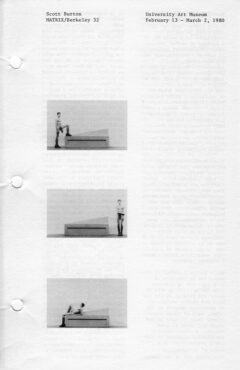
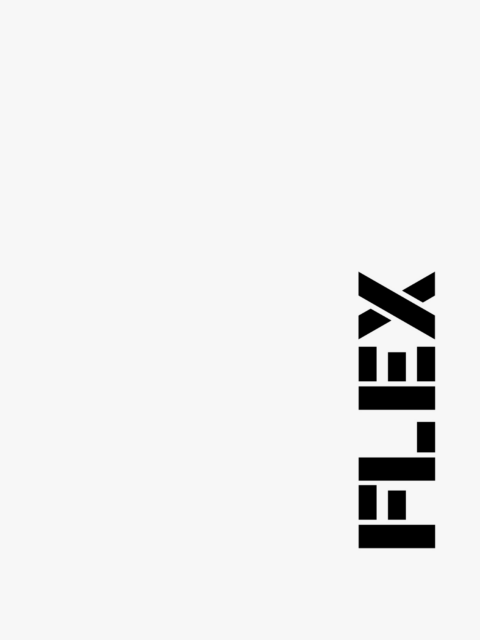
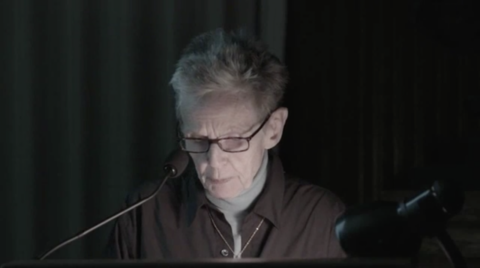
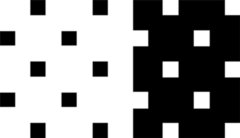
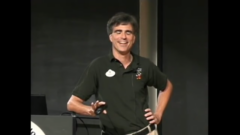
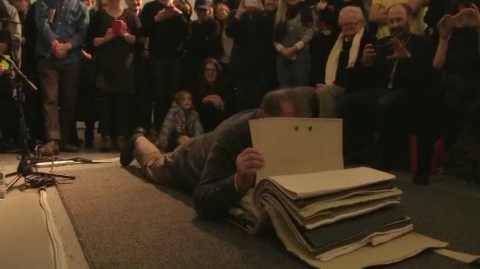
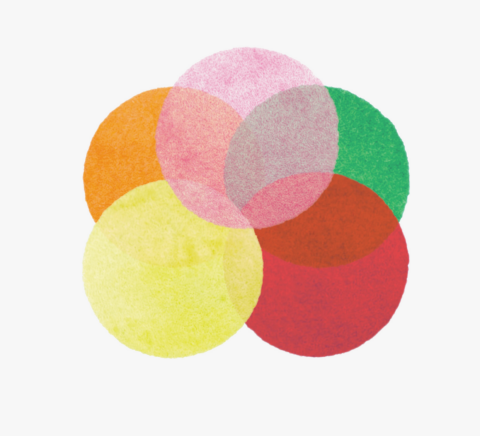
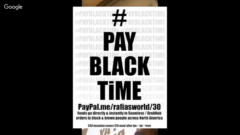

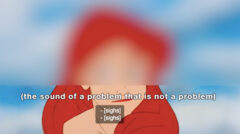
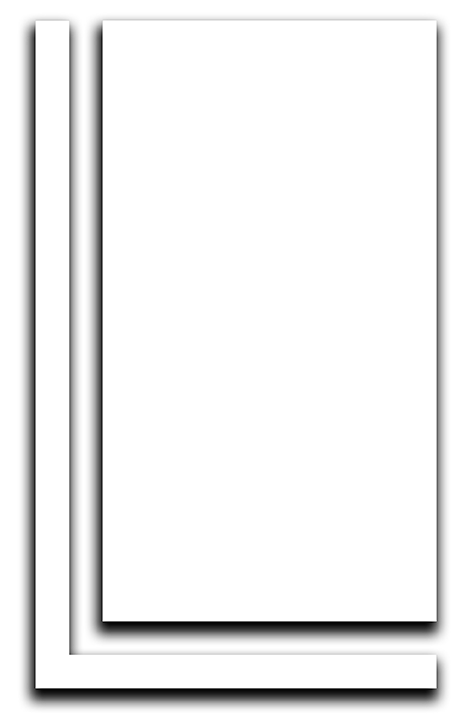
This collection of digital objects scratches the surface of some of the questions we like to puzzle over the most: What are the possibilities for public speaking now? How is learning something we do with our bodies? What is the materiality of acquiring knowledge? And what is important about being in a room with others, watching something together? We hope these 10 works offer some methods for reconsidering the possibilities of showing each other things in public.